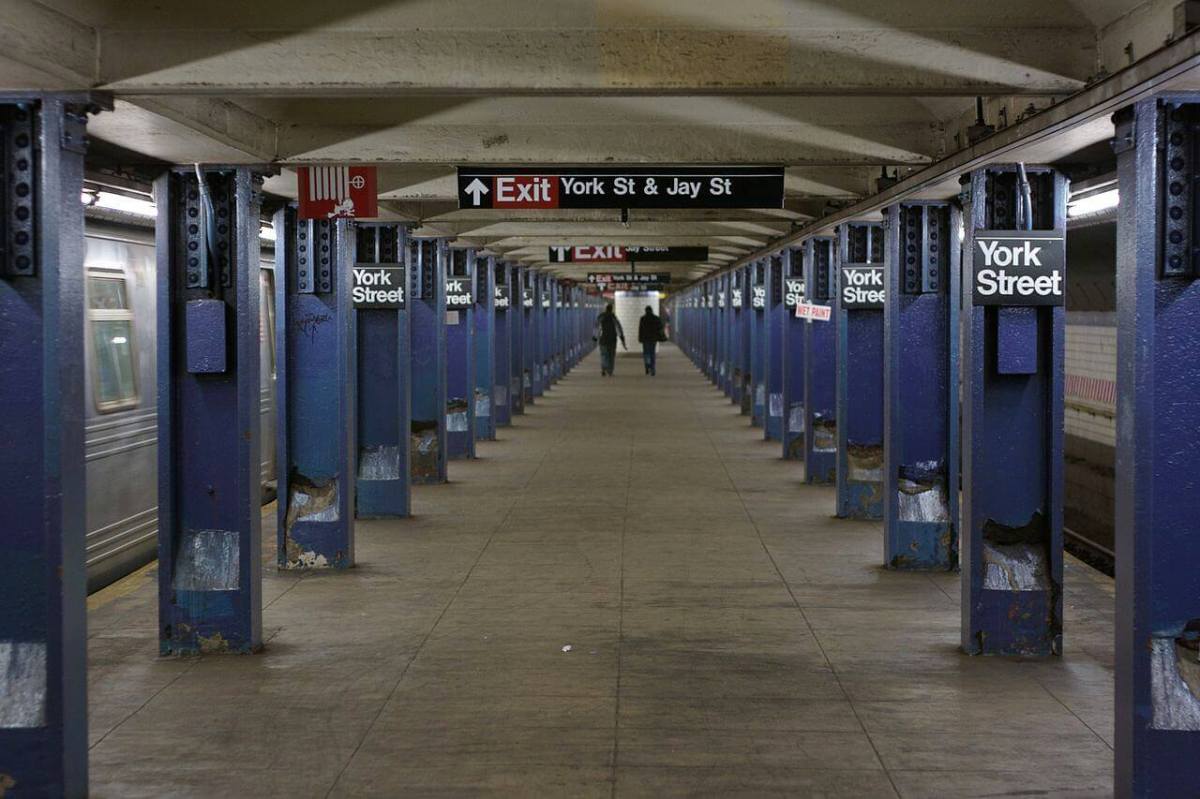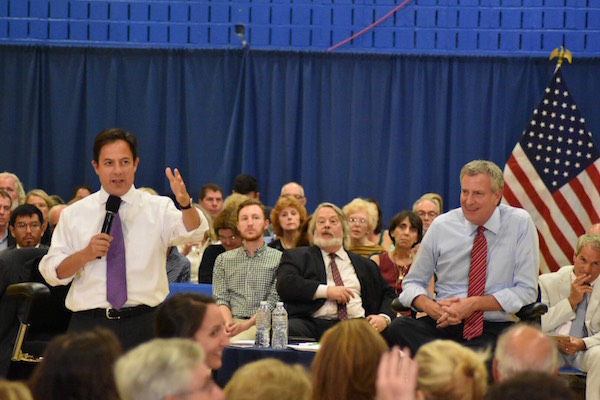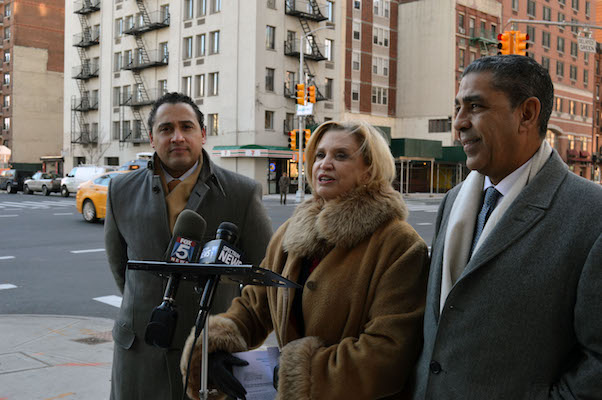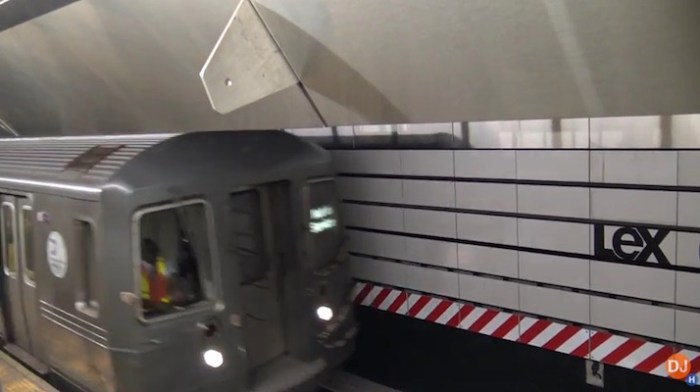The number of trespassers on subway tracks rose in December, according to newly-released data by the Metropolitan Transportation Authority, as the agency works to stop a recent surge of intruders onto the rails.
The MTA registered 11 incidents of “persons on trackbed” last month on weekdays and nine on weekends, up from the same month last year when there were eight and three, respectively.
Those figures are also up compared to pre-pandemic numbers in December 2019 when there were 10 incidents during weekdays and only one on a weekend.
On Saturdays and Sundays last month, the nine intrusions made up almost all of the 11 major incidents causing delays to the subway system, according to the agency.
The figures only account for cases that led to delays in the subway system, but transit leaders have been battling a months-long surge in people climbing down onto the roadbed.
“We’re having a lot of problems with crazy people, people with mental health issues, walking into tunnels even,” MTA chief Janno Lieber told Albany legislators during a state Senate hearing to confirm his nomination for the agency’s top job Wednesday.
Track intrusion led to more than 1,500 delays in November, Lieber told the New York Post last month, and he has tapped MTA construction czar Jamie Torres-Springer to lead a trespass task force to tackle the issue.
“People are getting on the tracks at rates that are really unacceptable. It’s dangerous, we have to figure out how to reduce that and be aggressive,” Lieber said during an unrelated press conference last week.
The MTA did not provide an updated number of delays due to track intrusion for December.
The head of the agency’s in-house riders council, the Permanent Citizens Advisory Committee, said that trespassers are a danger to themselves and other straphangers.
“Absolutely nobody should be on the tracks unless they’re working in the system, they have safety training, and there’s a good reason for them to be there,” said Lisa Daglian. “Otherwise, there’s a potential for something really nefarious and dangerous to happen to all of us underground in addition to something to happen to those individuals who are who are walking the trackbed.”
“There are train delays, there’s potential track fires, somebody can get struck and killed, there can be objects in the tracks, like a shopping cart that causes a track derailment, causing countless injuries,” Daglian said.
The agency on Jan. 12 launched a call-out to railway and technology industries for deploying a system that detects people and objects on the subway and commuter rail track, which The City first reported.
The effort also comes as advocates and transit experts have called for MTA to reconsider installing platform doors in response to the horrific fatal shoving of Michelle Alyssa Go into an oncoming train at Times Square last week.
Even though the barriers exist in transit systems around the world, including in the city on the JFK AirTrain run by the separate Port Authority of New York and New Jersey, Lieber has warned that it could be expensive and complicated to set them up in the city’s 472 subway stations.
A study for the transit agency found only 41 stations could get platform doors, less than 10%, reported NY1, due to conflicts with the Americans with Disabilities Act, columns that are too close to the platform edge, varying train car sizes, and a lack of space for equipment.
If all subway trains were the same size, 128 stations could accommodate the screens, or just more than one-in-four stops, which the study estimated to cost $7 billion.
Lieber said in a Sunday interview that the “physical constraints” were the main obstacle to installing the gates — not the price tag — and added that the agency is taking another look.
“This is not a matter of cost, there are some physical constraints,” Lieber told WABC. “We’re studying it yet again and we are interested in seeing whether there are opportunities to install it, especially in some of the more, the busier stations where you get a little more crowding.”




































